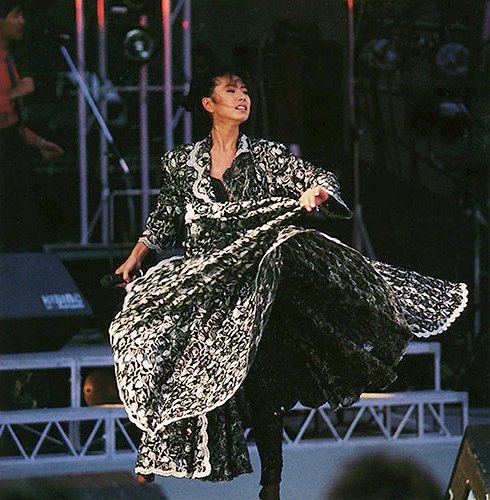The Many Faces Of Akina Nakamori
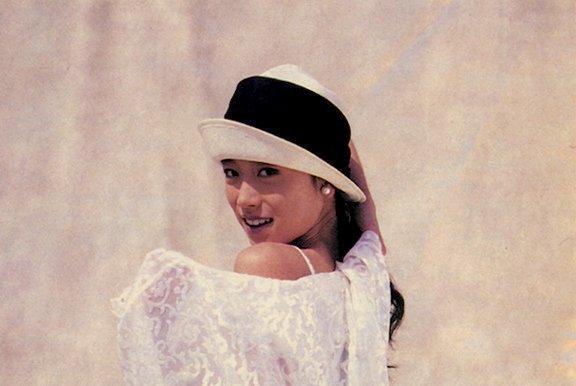
The Many Faces Of Akina Nakamori

Akina Nakamori ... my favourite singer of all time. I still remember the beginning of this infactuation with her ... It was in the first few days of 1984, when I had just started my secondary education. I had bought the Chinese evening newspapers and was browsing through it on my way to the bus-stop, when I came upon a calender filled with pictures of different Japanese singers appearing in the weekend's telecast of the Japan "34th Annual Red and White song Festival" (Kohaku Utagassen). I looked through the photographs with intensity and picked out my favourite of them all. The month of July ... the singer I would learn in Akina Nakamori ("Zhong Shen Ming Cai" - her name pronounced in Chinese). I reached home, showed my siblings the calender and since I still have a relatively large influence over them, coerced them into picking out their favourites as well. My sister picked Seiko Matsuda and my brother picked Yoshie Kashiwabara. I made a mental note as well to watch the program when it finally airs on Saturday night.
When the program finally commenced on Saturday night, I sat dutifully in front of the television, tried to figure out who's who. Thankfully, it was a very informative night and it was probably the first and only time, NHK decided to introduce its line of singers in such fashion. I later learnt that this contest is a battle between sexes and the males (White team) will pit their skills against the females (Red team). It is an "invitation" only event and only t he most popular singers will make it to this prestigious festival (it was a great honour at that time to be invited because it was watched by most Japanese on the last day of the year, to usher in the New Year but its popularity had waned and not all singers view it as that much of an honour nowadays, which is why it was more fun to watch then). They did a little introduction of each singer with a little bit of history during the past year and the camera would focus on them for about 15 - 30 seconds, while every other singer cheered on. They were introduced in order of appearance sequence during the night and I paid full attention to every intricate detail, finding immense joy with this new found attraction ... and then they reached Akina. She was more beautiful (in a white gown) than she looked in the picture and I was captivated. She was also picked to represent the Red Team in the "swearing ceremony" where they promise to uphold the rules of the competition.
As the program proceeded and each singer took their turn to perform, I was getting more and more intrigued. The elaborate costumes (where Yoshie changed from a white mini gown into a full length red gown with the help of dancers), the lovely songs (even though I understood no word of it) and the team spirit (during the joint performances) brought the Japanese language and culture into a light I had never seen them before. I kept a look out for Akina during the joint performances but was disappointed to see that she was not amongst them. It was finally Akina's turn and she appeared in a black and gold outfit (with one side of her arm covered with fabric and other free. She was also wearing shimmering golden stockings, a head gear (with her hair tied up in the then very fashionable (every one copied that look - which looks terrible now) "pineapple" hairdo and a mini comprising of golden leaves). It was then explained that she had injured her legs or ankles during rehearsal but still endured the pain to perform. I was full of admiration for her determination. Then she started singing ... instead of sounding saccharine sweet like most of the cutesy Japanese singers do, she had a deep low voice, which was very unique. I can't say I liked it immediately but it was very different. As she sang "Kinku" (Restricted Zone), she danced and her face expressed pain when she tried to execute the dance steps assciated with the song.
After the program, which the White team won, to my utmost dismay, I vowed to find out more information about her and thus started my infactuation with her. She was the top singer then and would hold that position for a couple of years, until she attempted suicide in 1989, where her popularity started to wane. It was because of her deep unreciprocated love for Matchy, another singer, who she was romatically linked to. She made a successful comeback in 1991 with her single "Dear Friend" but when she changed companies in 1994, she could never quite emulate her previous successes. Even though this has happened and many negative reports had surfaced about her smoking and drinking habits, I still enjoy her performances and albums very much. And so do her many fans, who maintain many very good websites, where I'm able to gather the latest information about her.
What is the most special thing about Akina is her originality. She made people accept different varities of music and her single and album covers are always very interesting. She is like Madonna to the Americans and Anita Mui to the Hong Kongers, ever changing and never sticking to only one image. She would have dresses custom made to a song, so that when you see that photo of her performing in that particular style of dress, you know immediately which song she is singing. When she sings that song in the Red and White Song Festival (she appeared 6 times in succession from 1983 - 1988), she would have a variation of that style into something more elaborate and imaginative. There would be a particular dance routine associated to that song as well, and it is this determination to keep her image fresh, that has captivated the Japanese public as well. I intend to fill in more information about her in the future but in the meantime, you can have some fun looking at her photographs. Enjoy!!
Discography - One of the best ways to trace Akina's changes is through her single and album covers. I have also written quite a bit about what I remember about her in chronological fashion ,with each single release. They are very interesting and you should take a look at her changes and innovative covers.
Album Discography
Glamour
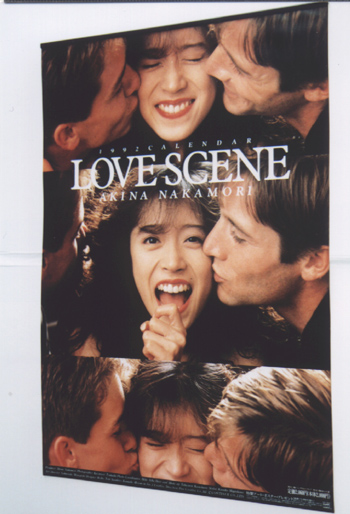
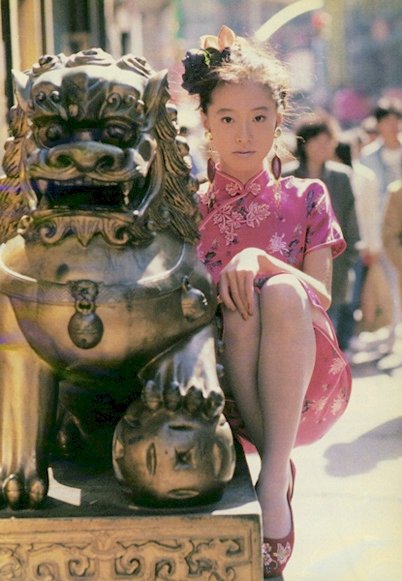
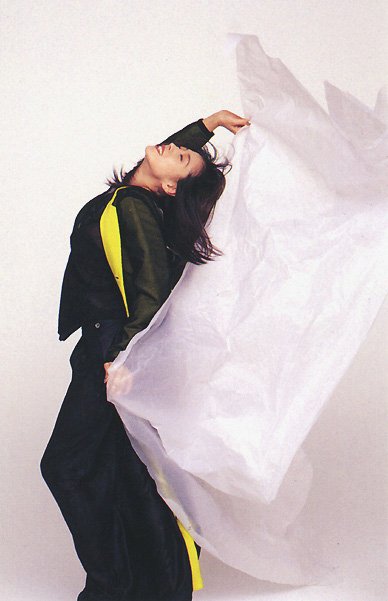
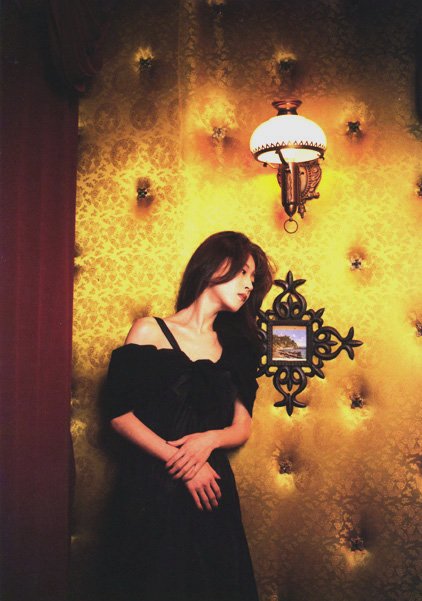
Her Commericials - she was a ballerina when she was young, which is why she can execute those difficult dance steps and poses for her photoshoots. These are some of my favourites.
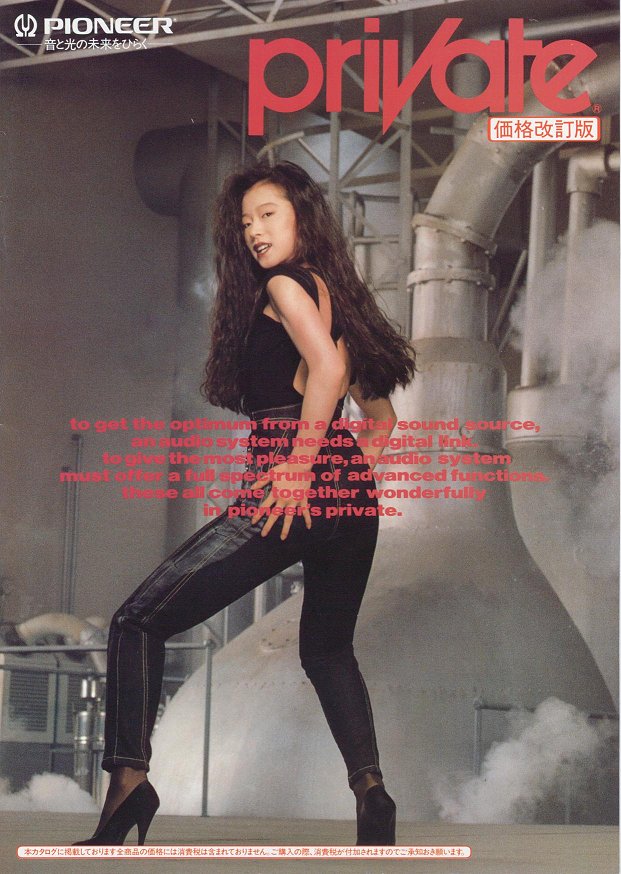
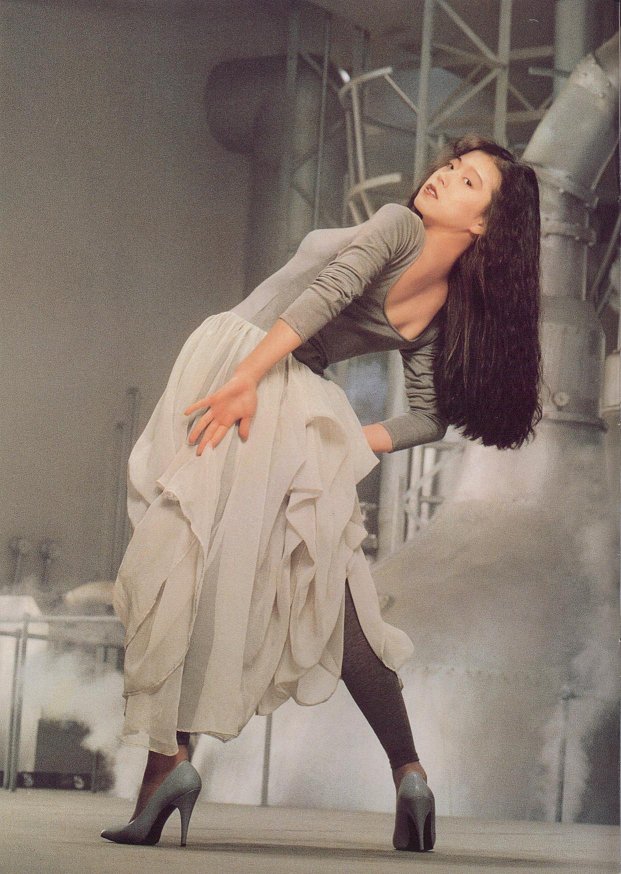
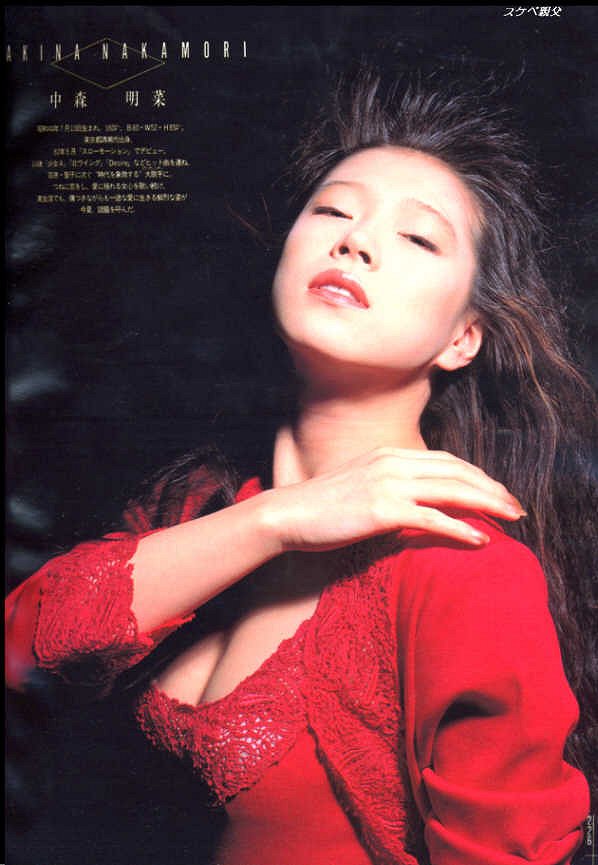
Natural or Playful Poses
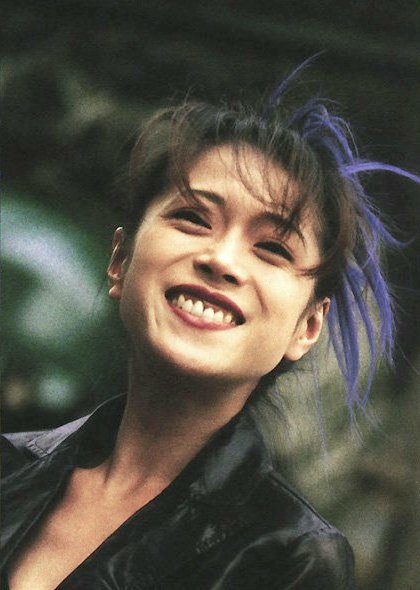
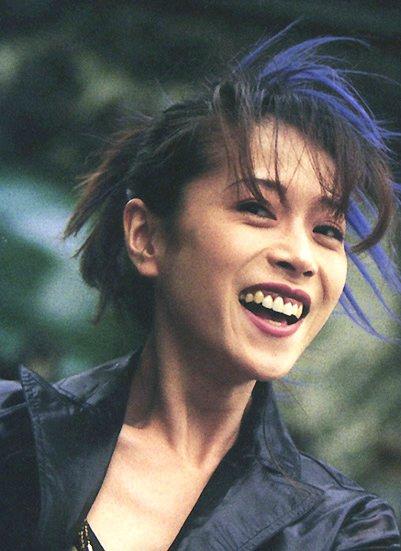
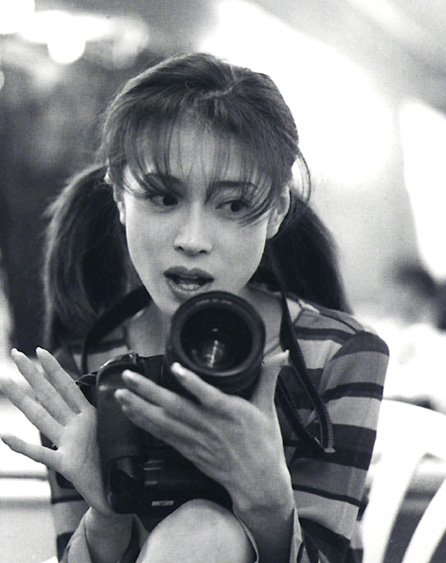
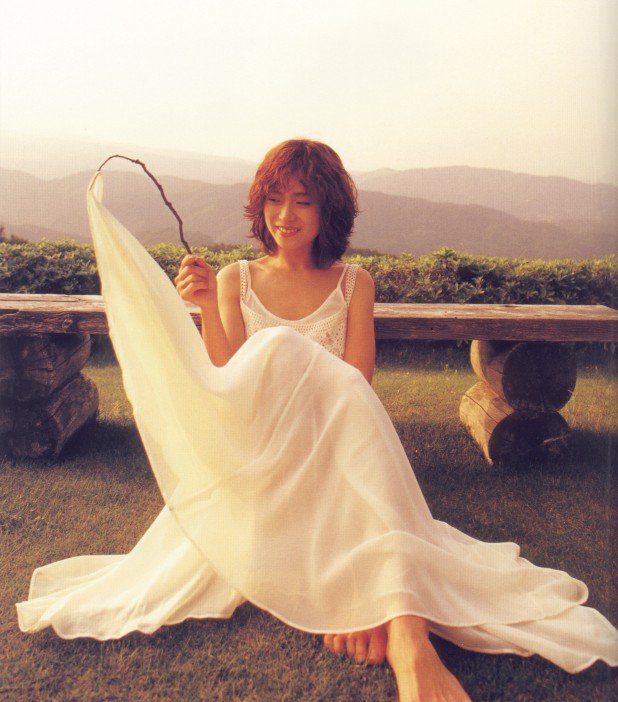
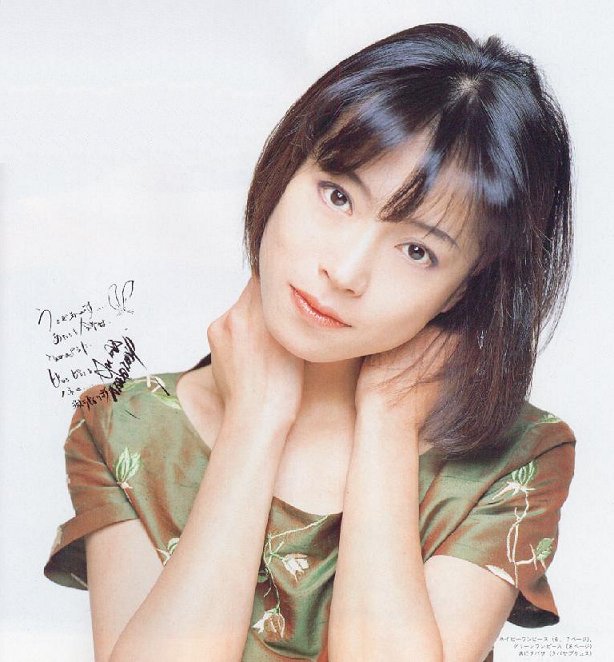
Performances
In 1987, her typical outfit for her popular painful love song "Nanpa sen" (Sunken Ship representing unreciprocated love). It was one of her favourite songs and her huge dress seems to signify the size of a ship and she put in a lot of emotion into the "enka like" song, resulting in tears most of the time whenever she performs it. The song won quite a handful of awards and these photographs of her were taken when she was either receiving an award or singing this particular song.
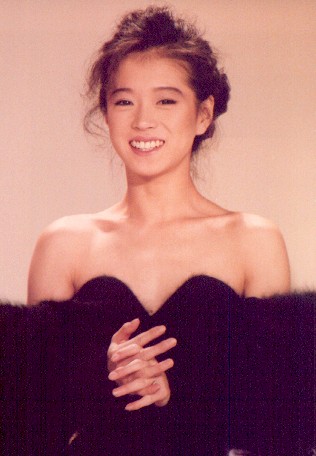
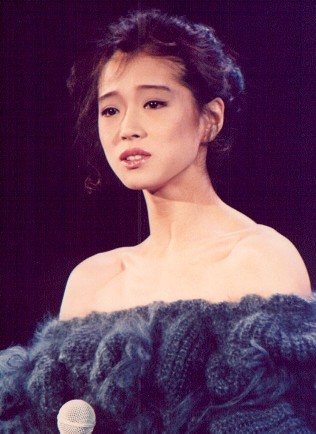
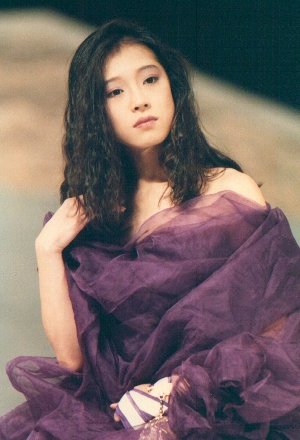
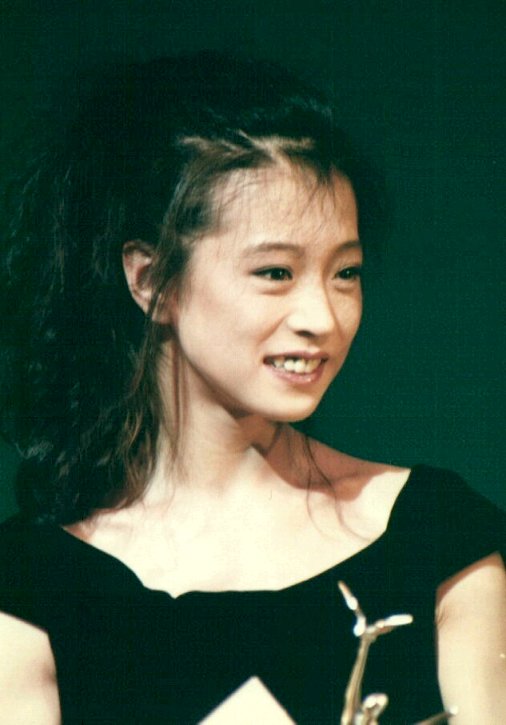
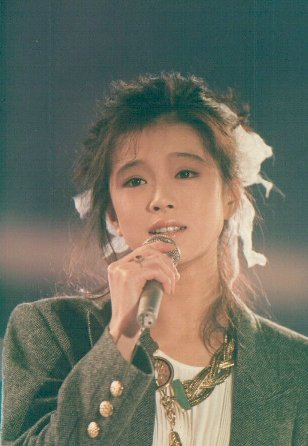
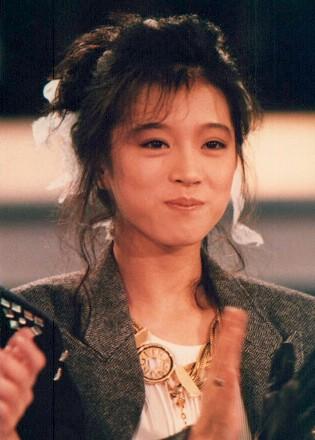
I'm not sure what song she sang for the oufit
below but the other one in pink is a promotional poster for her 1988 album
"Femme Fatale".
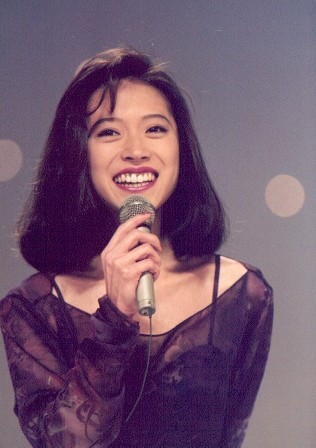
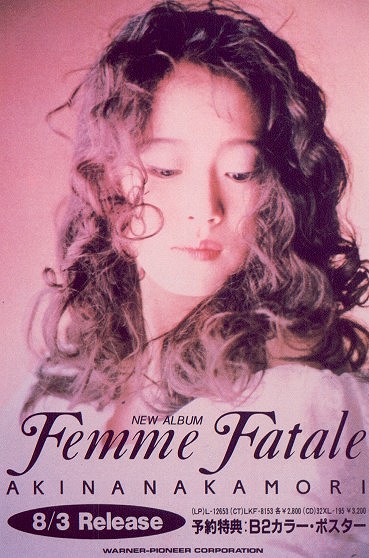
The photograph on the left was also taken in 1988
when she attended the "Megapolis Taisho" to receive the "Pop Artiste of
the Year" Award for the song "Tattoo" (she won it thrice in 1984 for "Southern
Wind", 1986 for "Gypsy Queen" and 1988 for "Tattoo".) The photograph on
the right is her second performance in Kohaku 1984 when she sang her No.1
hit "Jukkai (1984). The photograph below these two photographs is her third
performance in Kohaku 1985 when she sang her multi award winning No.1 hit
"Meu Amore".
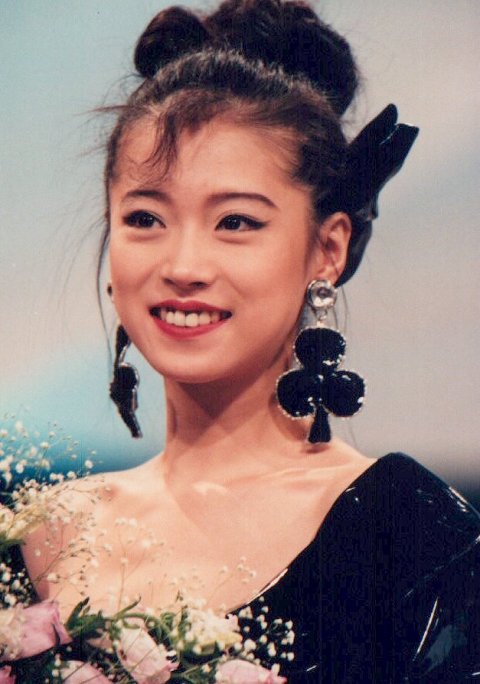
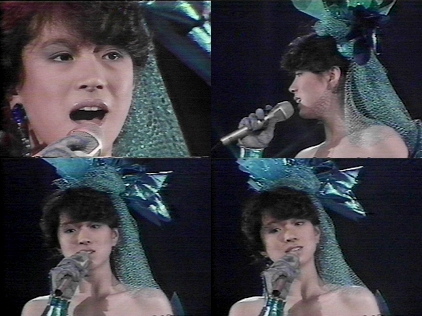
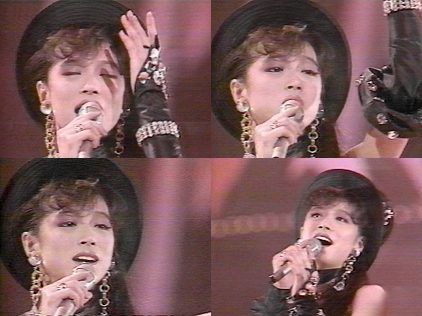
This photograph is taken during her "East Live 1989" concert in April, three months before her attempted suicide (two days before her birthday). During this concert, she sang all her hit singles from "Slow Motion" till "Liar".
